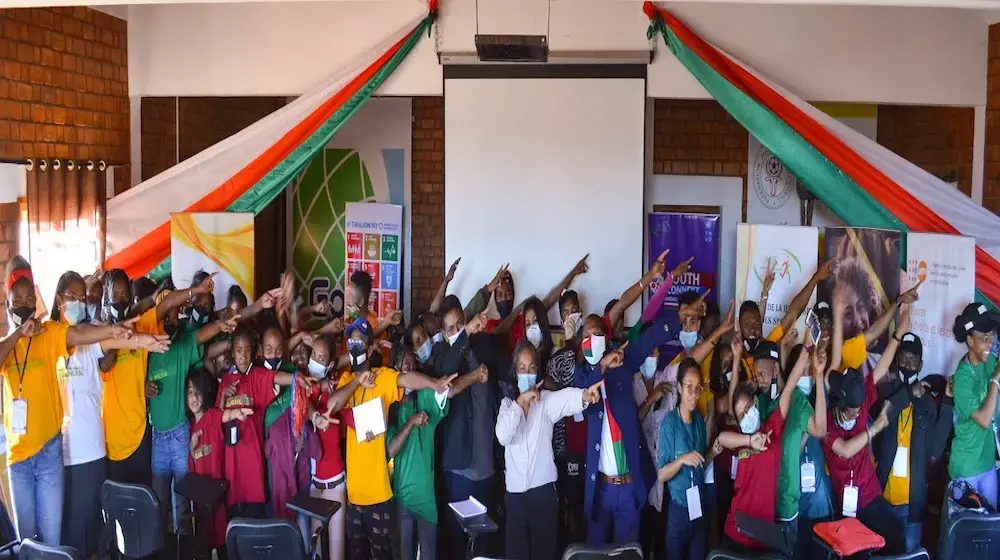In Madagascar, there is a very weak relationship between supply and demand contraceptive methods. Despite the progress made, according to the results of the MDG Monitoring Survey (ENSOMD 2012-2013), only about one third of women in union use modern contraceptive methods, and just under a quarter of these women express need, but do not have access. The problem is particularly with the most vulnerable women. Thus, in order to reinforce the population's knowledge on issues related to reproductive health, UNFPA Madagascar has decided to award the best national journalists through a competition of the best journalistic production on the subjects of health of the reproduction. The award-winning feature included the access of vulnerable women to family planning by conducting an investigation of women in one of the most disadvantaged neighborhoods of the capital, Antetezanafovoany 67 Ha, through their positive testimonies . This 10-minute journalistic production highlighted not only the benefits of birth spacing but also the ease of access to family planning, both in terms of cost and proximity, through the network of health centres of implementing partners supported by UNFPA those of SISAL and Marie Stopes Madagascar. At the end of the report, a call to action at all levels was issued to further facilitate this access and in particular to eliminate one of the main obstacles which is the refusal of the spouses to the adoption of contraceptive method by his companion.
The report is available at https://madagascar.unfpa.org/en/video/the-materials-as-the-catalysts-of-... The proclamation of the winners and the presentation of the prizes were made during the celebration of the World Press Freedom Day on May 03.
This competition is only the beginning of the partnership that UNFPA Madagascar plans to forge with journalists because an action plan will soon be developed with the three winners of the contest to strengthen their contributions in changing the behaviour of the population through their respective media outlets which are television and print media.




